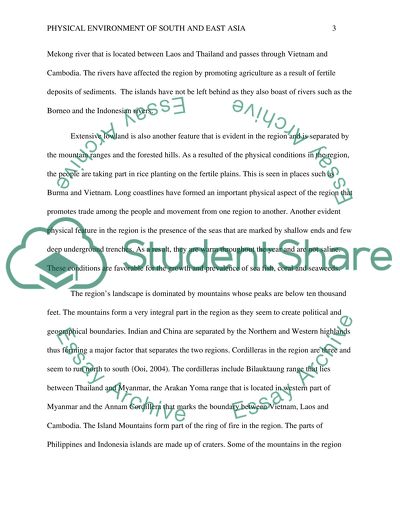Cite this document
(“Physical Environment Of South And East Asia Essay”, n.d.)
Retrieved from https://studentshare.org/geography/1701303-physical-environment-of-south-and-east-asia
Retrieved from https://studentshare.org/geography/1701303-physical-environment-of-south-and-east-asia
(Physical Environment Of South And East Asia Essay)
https://studentshare.org/geography/1701303-physical-environment-of-south-and-east-asia.
https://studentshare.org/geography/1701303-physical-environment-of-south-and-east-asia.
“Physical Environment Of South And East Asia Essay”, n.d. https://studentshare.org/geography/1701303-physical-environment-of-south-and-east-asia.


